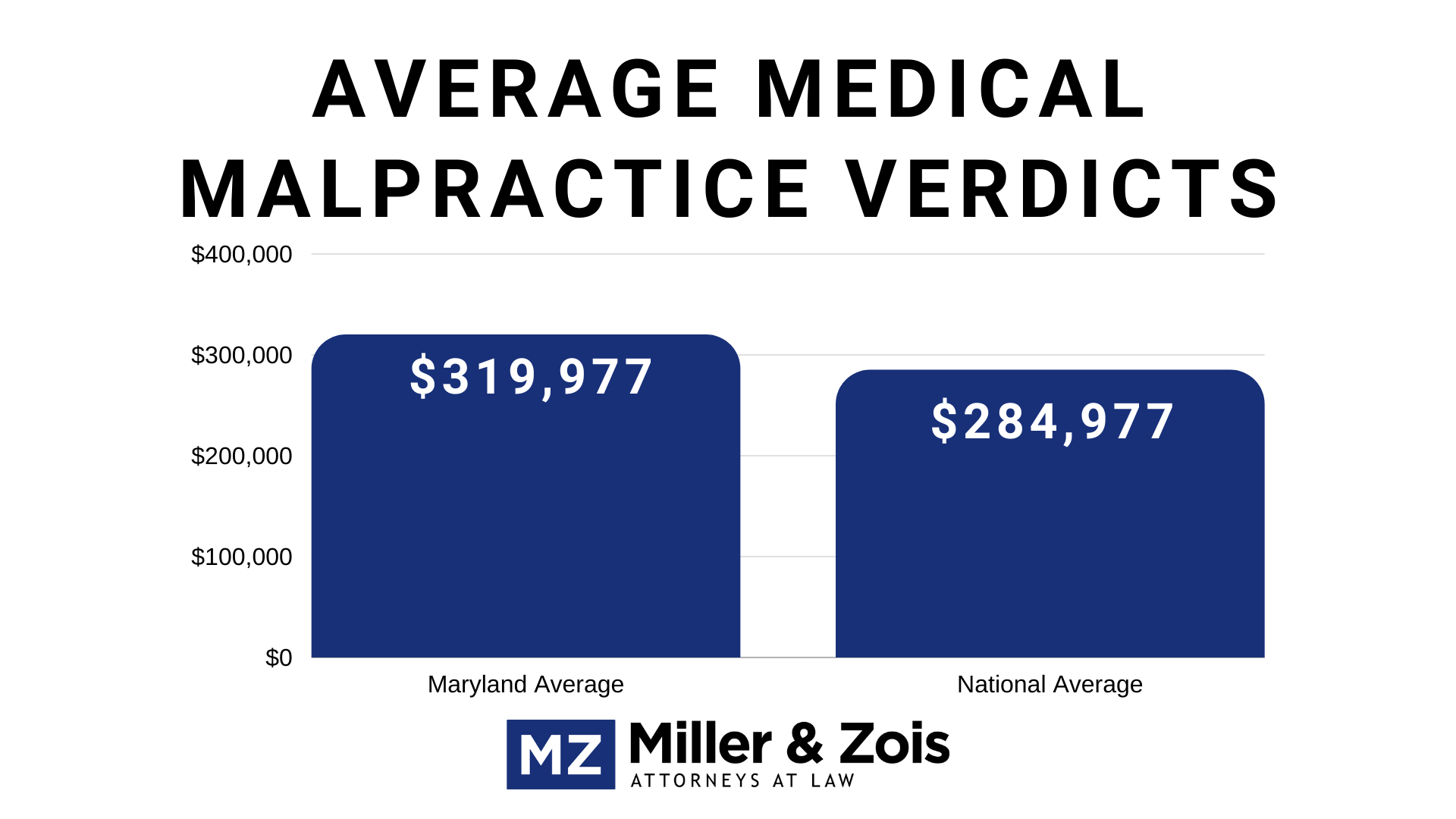With all due respect to fellow trial lawyer John Edwards, the Democratic race seems to be all about Hillary Clinton and Barack Obama. Regarding tort reform, both seem to be on the side of allowing juries to make the call regarding whether and how much compensation should be awarded. In fact, back in their civil days (as in civil to each other) they co-authored an article in the New England Journal of Medicine, entitled “Making Patient Safety the Centerpiece of Medical Liability Reform.”
Still, I suspect Hillary Clinton is the safer play for trial lawyers. Obama has taken a mild shot at trial lawyers in the past. Campaigning for the Senate in 2004, he was quoted as saying, “Anyone who denies there’s a crisis with medical malpractice is probably a trial lawyer.” But, obviously, taking a shot at medical malpractice lawyers is just smart politics and I don’t think this changes his position that juries should have the authority to determine who gets what without intervention from statutes or anything else.
Perhaps more telling when comparing the two candidates, Senator Obama was among the 18 of 44 democratic senators voting for the Class Action Reform Act. In contrast, Senator Clinton (and Senator Edwards), voted against the Act, believing that it would deny remedies for many in their local state courts.
 Maryland Lawyer Blog
Maryland Lawyer Blog


